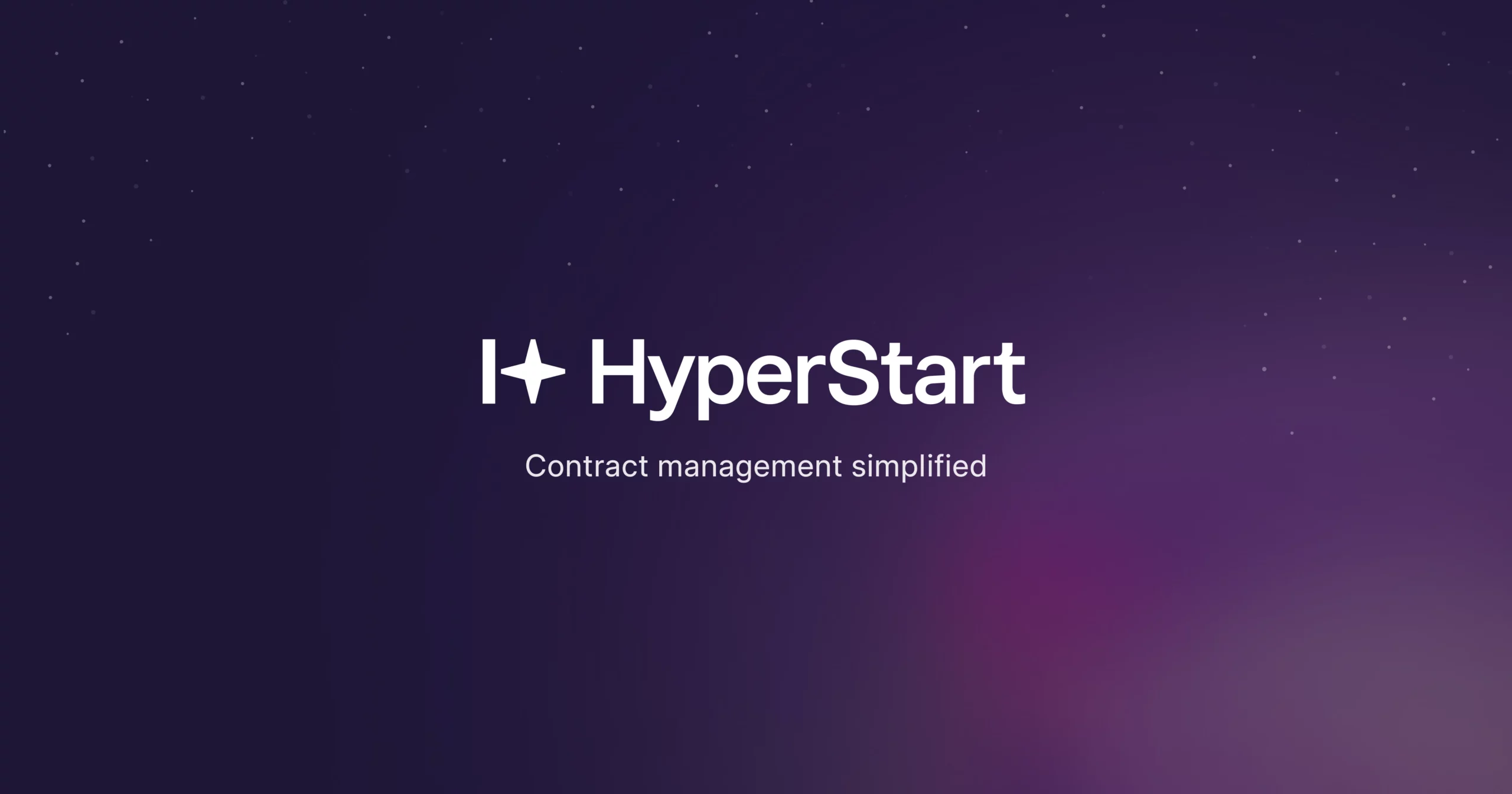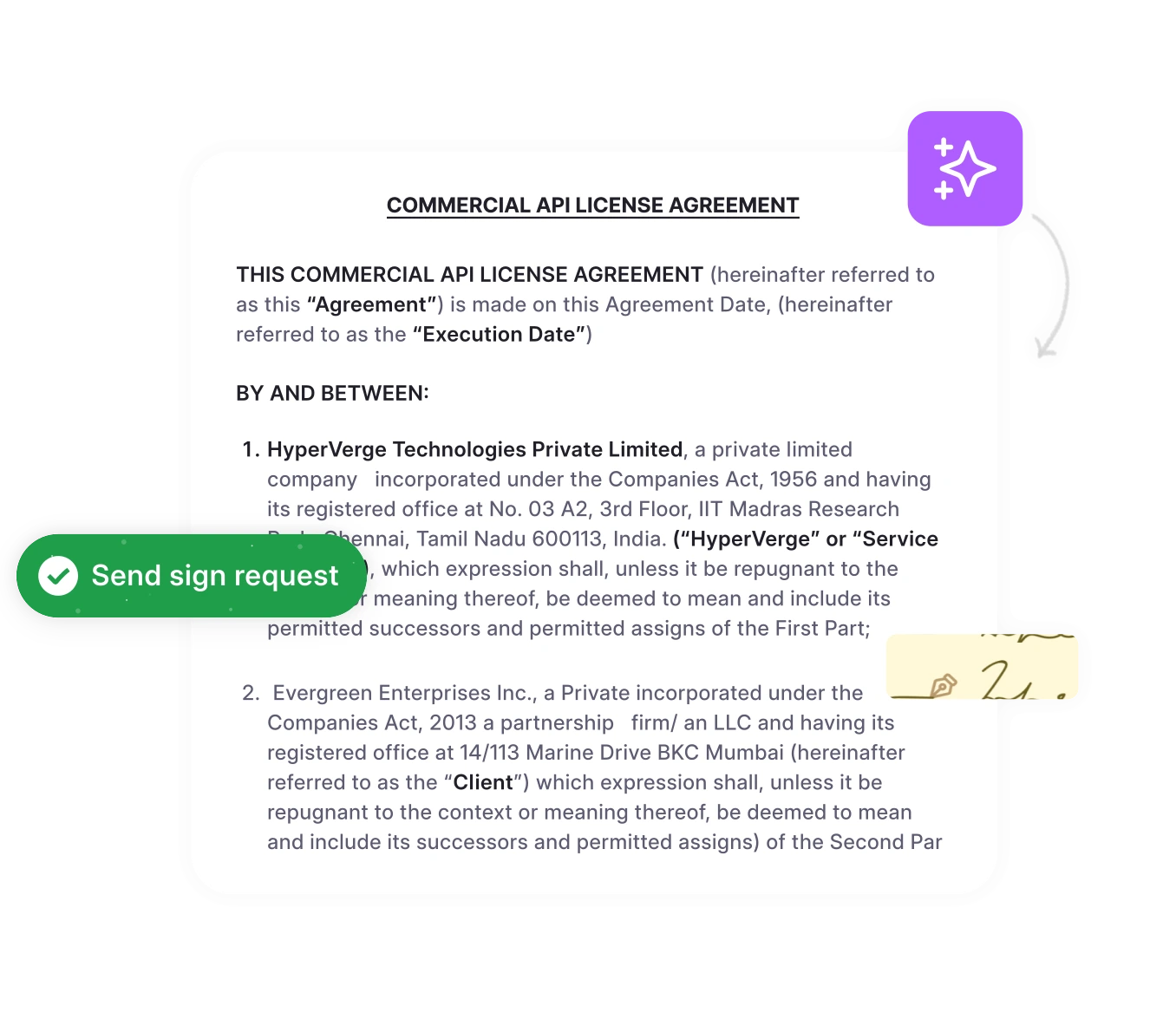We’ve transitioned from a world where IT controlled a handful of on-premises installations to one where business units are responsible for up to 70% of SaaS expenditures. The average enterprise manages 275 SaaS applications. However, organizations utilize only 47% of their SaaS licenses, resulting in $21 million in annual wasted costs due to unused licenses. Every SaaS agreement you sign directly impacts your organization’s operational efficiency, security posture, and financial health.
We’ve transitioned from a world where IT controlled a handful of on-premises installations to one where business units are responsible for up to 70% of SaaS expenditures.
This blog details how to structure, negotiate, and manage SaaS agreements more effectively.
Let’s get started.
What is a SaaS agreement?
A SaaS agreement is a contract for subscription-based software access delivered through the cloud. Unlike traditional software licenses that allow perpetual rights to install and run software, in a software as a service model, you are renting access to software hosted and maintained by the vendor.
The fundamental distinction lies in the service versus product model. Accounting treats it as an operational expense. Legal considerations around customer data cannot rely on precedents. Security responsibilities are strict.
| Feature | SaaS Contracts | Traditional Software Licenses |
| Model | Subscription | Perpetual |
| Delivery | Cloud-based | On-premise |
| Ownership | Access Rights | Perpetual License |
| Cost | Operational Expenditure | Capital Expenditure |
Essential clauses in a SaaS agreement
The following clauses are core components for a robust SaaS agreement.
Service levels and performance clauses
- Service levels (SLAs): SLAs define the level of service you can expect from your provider. This includes uptime guarantees, performance metrics, service credits, exclusions, and monitoring.
- Scope of service: This clause specifies what is included and what is not. It covers features, user seats, usage caps, API access rights, rate limits, geographic availability, and customer data residency options.
- Total contract value: This helps organizations budget effectively and negotiate volume discounts that are hidden in the sticker price. It includes all cost components: base subscription fees, user licenses, storage overages, technical support, and implementation costs.
Financial and commercial terms
- Pricing and payment: Pricing models vary widely—from individual subscription plans for freelancers to small business licenses that cover teams, and enterprise agreements like those used by Adobe Cloud Creator customers. This section details the subscription model (per user, usage-based, or tiered), an initial term, effective dates, payment schedules, contract renewal terms, with termination notices. Don’t forget about taxes imposed on SaaS services.
- Overage and usage fees: This clause addresses fees for exceeding usage limits, such as burst capacity, storage, additional user costs, bandwidth limits, and true-up mechanisms that lead to hidden costs.
Security provisions for confidential information
- Data ownership and portability: This provision explicitly states who owns the data. It needs to specify confidentiality obligations around trade secrets, the format and timing for data export, and what happens to customer data when the contract ends.
- Security and compliance: This addresses the vendor’s security standards like encryption, compliance certifications (SOC 2 Type 2, ISO 27991, etc), breach notification procedures, and audit rights. Healthcare organizations need HIPAA Business Associate Agreements with specific safeguards. Financial platform services require SOX compliance documentation. Government contractors need FedRAMP authorization.
Don’t assume your vendor understands your industry’s requirements—spell them out.
- Intellectual property: Protect your proprietary know-how by ensuring the agreement clearly delineates what information remains confidential.
One data right taking on increasing significance with recent technology advancements is the right of a SaaS provider to “de-identify” or “anonymize” customer data in its SaaS solution. The biggest risk in a SaaS provider using de-identified customer data is re-identification.
If the use case is high risk and you want to ensure against any risk of re-identification, then you can discuss employing certain techniques like k-anonymity and differential privacy to add noise or aggregate data.
Legal and risk management
- Limitation of liability (LoL): This clause caps each party’s liability in the event of a breach. When one party materially breaches the agreement, the non breaching party typically has remedies limited to direct damages covered up to the annual contract value.
Remember that any modification to termination terms requires valuable consideration from both parties—you can’t just amend these provisions without offering something in return.
- Indemnification: This protects both parties from financial loss in case of third party service providers’ claims, infringement, or data breaches.
- Termination and transition: The clause outlines clear grounds for termination for convenience or for cause. It must also address what happens in a force majeure event, transition assistance obligations, and refund calculations for prepaid fees.
- Governing law: This clause determines which jurisdiction’s laws interpret your agreement. For international agreements, the complexity multiplies. For example, a Delaware corporation selling to your UK subsidiary. Specify English as the governing language and consider neutral arbitration venues for cross-border disputes.
Understanding how to write a contract that protects your interests requires attention to these core components.
The conditions contained in the main agreement should be negotiated in good faith, with specific terms often detailed in attachments (Exhibit A for pricing, Exhibit B for SLAs, Exhibit C for data processing terms).
Critical SaaS agreement clauses comparison
| Clause category | Must-have | Nice-to-have | Risk if missing |
| SLA with remedies | ✓ | Service disruption without recourse | |
| Data ownership | ✓ | Vendor lock-in, data loss | |
| Termination rights | ✓ | Trapped in poor service | |
| Liability caps | ✓ | Unlimited exposure | |
| Price protection | ✓ | Unexpected cost increases | |
| Benchmarking rights | ✓ | Overpaying vs. the market |
Streamline your SaaS contracts
Automate contract creation, negotiation, and management of contractual obligations
Book a DemoTypes of software as a service agreements
In practice, you’ll often deal with multiple standardized contracts simultaneously. A typical enterprise relationship might include:
- MSA that establishes the legal framework agreement
- Multiple Order Forms for different products or departments
- DPA for GDPR compliance
- SLA defines service levels
- AUP setting usage boundaries
- API Terms for integrations
The key is understanding how these documents interact. Order forms shouldn’t contradict MSA terms without explicit language. DPAs might override privacy policies for specific data types. API terms might limit integration capabilities promised in the sales cycle.
Let’s break them down further.
Customer-facing agreements
| Agreement Type | Description | Use case |
| Enterprise License Software Agreement | Comprehensive master contract covering multiple products, unlimited authorized users within a defined scope, and standardized terms across the organization. Typically includes volume discounts and dedicated support. | Large organizations (1000+ employees) standardizing on a vendor suite with $500K+ annual spend |
| Master Service Agreement (MSA) | Framework agreement establishing legal terms, with separate order forms for specific products/services provided. MSA remains constant while orders change. | Growing companies expect to add other services over time with the same vendor |
| Order Form/Statement of Work (SOW) | Transaction-specific document that references an MSA or stands alone. Details specific products, quantities, pricing, and timelines. | Adding new services or departments to an existing vendor relationship |
| Terms of Service (ToS) | Standardized, non-negotiable agreement for self-service SaaS products. Click-through acceptance, no signature required. | SMB purchases under $10K annually for low-risk applications |
| Subscription Agreement | Standalone contract for a single product/service with defined users and terms. It may be negotiable depending on value. | Mid-market single-product implementations between $10K-$100K annually |
Other documents protecting the SaaS provider
| Document Type | Description | Use case |
| Acceptable Use Policy (AUP) | Written notice of prohibited activities, usage restrictions in the service tier, and grounds for service suspension. Usually incorporated by reference into the main agreement. | Always included in ToS and referenced in enterprise agreements |
| Data Processing Agreement (DPA) | GDPR-required document defining data handling responsibilities, sub-processors, and transfer mechanisms. May be an addendum independent of the entire agreement. | Required for any EU personal data processing |
| Business Associate Agreement (BAA) | HIPAA-mandated contract for handling protected health information. Defines safeguards, breach procedures, and permitted uses. | Required for any healthcare data handling |
| Service Level Agreement (SLA) | SLAs define how the vendor will perform services and at what level of service you can expect throughout the contract term. May be a separate document or exhibit. | Enterprise agreements always include, SMB may reference a standard |
| Privacy Policy | Public document describing data collection, use, and sharing practices. Usually not negotiable but incorporated into the agreement. | Referenced in all agreements with a 30-90 day change notice |
Partnership and integration agreements
| Agreement Type | Description | Key consideration |
| Reseller Agreement | Vendor authorizes third parties to sell their service, often with a markup. Creates a three-party relationship with split responsibilities. | Support responsibilities are often unclear between the vendor and the reseller |
| White-Label Agreement | Allows rebranding of the vendor’s service as your own. You handle customer relationships while the vendor provides technology. | Vendor changes directly impact your customer-facing service |
| API Terms of Use | Governs access to the vendor’s application programming interfaces. May be a separate agreement or exhibit to the main contract. | Rate limits can break integrations without warning |
| Marketplace Agreement | Terms for purchasing through AWS, Azure, Google Cloud, or other marketplaces. May override negotiated terms. | May lose negotiated protections from direct vendor agreement |
| OEM Agreement | Vendor’s technology embedded within your product/service. Complex IP and liability considerations. | Customer-facing liability remains yours despite vendor issues |
Managing SaaS contracts at scale
For legal and contract management teams, the challenge is not just drafting a single agreement but managing a massive portfolio of SaaS providers. A robust Contract Lifecycle Management (CLM) solution is indispensable for this task.
- Centralized repository: A single source of truth allows legal teams to import and store all papers and existing digital contracts in one secure, accessible, cloud-based repository. A searchable, tagged repository with extracted metadata becomes your command center.
- Automated tracking: A key functionality in contract management is automating metadata extraction and integrating with your calendar.
- Risk management: An automated system allows for constant risk assessment, helping legal teams proactively identify and manage potential issues.
- Standardization: For in-house legal and contract management teams, consistency is non-negotiable. When managing hundreds or thousands of SaaS agreements, even small deviations in process can multiply into significant inefficiencies or risks.
Create standard operating procedures for the legal department. I am a huge fan of checklists… You need them now. Today… as soon as you are done with this post, I would bet big that you can think of at least five checklists that would make your life easier.
We’ve moved from the 1990s-2000s database era (digital filing cabinets) through the 2010s management systems era (specialized tools for different lifecycle stages). Today, cloud contract management platforms integrate your entire SaaS stack. This evolution from simple storage to intelligent automation changes what’s possible—you’re no longer just tracking contracts, you’re optimizing them.
Qapita, for instance, used HyperStart’s bulk upload feature to put all their contracts on the system in minutes and immediately see the AI-extracted metadata.
HyperStart has simplified tracking crucial clauses like liability, indemnity, and the term of the contract. Multiple teams, including finance, business, and operations, benefit from having all this data in one place. Now, we receive email reminders for contracts due for renewal.

Mayuri Jaltare
Company Secretary
Wrapping up
A SaaS agreement is a foundational document that requires a sophisticated approach. For legal and CLM professionals, success lies not just in understanding the clauses but in managing these contracts at scale.
A CLM solution like HyperStart provides the end-to-end management capabilities needed to streamline workflows, minimize errors, and ensure that critical details are never overlooked. It enables legal teams to focus on higher-order tasks and strategic contributions, rather than manual, time-consuming reviews.









